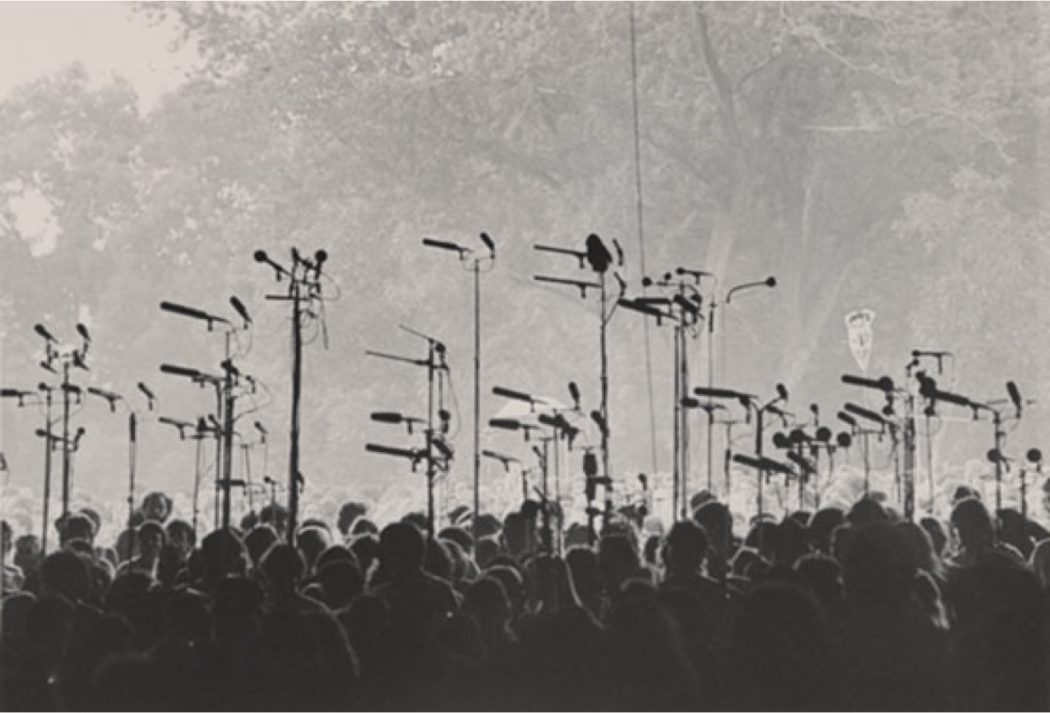Net art and the need for an expanded practice of conservation
Lecture by Annet Dekker in the context of our exhibition: Netzkunst im Berlin der 1990er – eine kritische Bestandsaufnahme

About the event
Looking at the qualities and characteristics of net art the need for an expanded practice of conservation becomes clear. Most net artworks are build and distributed through a complex and intricate interrelated system of networks that presents an assemblage of art, technology, politics, and social relations – all merged and related to form a variable entity. Adding to these qualities are the quick obsolescence of hard- and software; the fact that knowledge and expertise is distributed through communities; that many net artworks are created within restricted platforms or are based on open source ideologies; lastly, that net artworks often act as assemblages that change or mutate, make net art a challenging case for conservation.
— The lecture takes place in the context of the exhibition Netzkunst im Berlin der 90er Jahre – kick-off zur kritischen Bestandsaufnahme.
About the artist
Annet Dekker is an independent researcher/curator. Currently she is Assistant Professor Archival Science at the University of Amsterdam and Visiting Lecturer at London South Bank University. Previously she was Researcher Digital Preservation at Tate, London, tutor at Piet Zwart Institute, Rotterdam, and fellow at Het Nieuwe Instituut, Rotterdam. She publishes widely on issues of digital art and preservation in international, peer-reviewed journals, books, and magazines, and has edited several publications, among others, Speculative Scenarios, or what will happen to digital art in the (near) future (2013), Archive 2020: Sustainable Archiving of Born Digital Cultural Content (2010), and Walled Garden (co-edited with Annette Wolfsberger, 2009). She worked as web curator for SKOR (2010–12), was programme manager at Virtueel Platform (2008–10), and head of exhibitions, education and artists-in-residence at the Netherlands Media Art Institute (1999–2008). In 2014, she completed her PhD on a conservation of net art at Goldsmiths University of London.